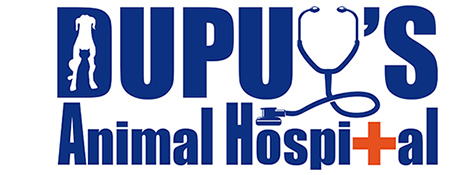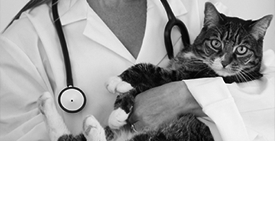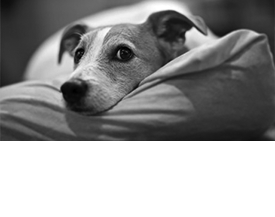Library
-
Anaplasmosis is a tick-borne disease caused by the infectious bacterial organism Anaplasma phagocytophilum. It is transmitted through bites of the deer tick (also known as the black-legged tick) and the Western black-legged tick.
-
Hailing from Turkey, the Anatolian Shepherd Dog was bred to guard livestock. The breed is not well-known outside of his native land, except to fanciers. Guarding instincts are highly developed and can be misplaced if owners are not aware of this.
-
Anemia is a medical term that refers to a reduced number of circulating red blood cells, hemoglobin, or both. It is not a specific disease, but rather the result of some other disease process or condition. The most easily observed and common clinical sign of anemia is a loss of the normal pink color of the gums. Several tests are performed on blood samples to diagnose anemia. If your cat's anemia is so severe that it is life threatening, a blood transfusion will be needed.
-
Anemia is a medical term that refers to a reduced number of circulating red blood cells, hemoglobin, or both. Anemia has a wide variety of causes and appropriate treatments based on the specific cause. Signs of anemia include the loss of the normal pink color of the gums, loss of energy or stamina, weight loss, labored breathing, loss of appetite, a faster than normal heart rate, or signs of blood loss. Several tests are performed to diagnose anemia and additional testing may be required to determine the specific cause. Toxins, infectious diseases, or cancer are some possible causes. Prognosis is variable depending on the underlying cause and how early anemia is diagnosed.
-
Anesthesia is accomplished by administering drugs that depress nerve function. It is important that you fully understand what will happen to your pet, and that you understand the risks. Anesthetic monitoring in a veterinary hospital is like that found in any human hospital. With today's anesthetics, many of which are reversible, your pet should be almost completely normal by the time of discharge.
-
Anesthesia is accomplished by administering drugs that depress nerve function. It is important that you fully understand what will happen to your pet, and that you understand the risks. Anesthetic monitoring in a veterinary hospital is like that found in any human hospital. With today's anesthetics, many of which are reversible, your pet should be almost completely normal by the time of discharge.
-
Anisocoria is a condition in which the pupils of the cat's eyes are different sizes. Anisocoria is a symptom of an underlying condition or disease that needs to be identified and treated. Prognosis is guarded pending the diagnosis and treatment. Blindness may occur as a result of the underlying condition.
-
Anisocoria is a condition in which the pupils of the eyes are different sizes; one pupil is larger than the other. Anisocoria is a symptom of an underlying condition or disease that needs to be identified and treated. Prognosis is guarded pending the diagnosis and treatment. Blindness may occur as a result of the underlying condition.
-
Reptile pets benefit from yearly health examinations. Regular veterinary care, to prevent problems before they occur, is necessary to ensure your pet lives a long, healthy life. Intestinal parasites and/or underlying health problems may only be identified by your veterinarian during a yearly exam.
-
Small exotic mammals are well known for hiding symptoms of illness until late in a disease course. Yearly health examinations are essential to uncover health issues before it is too late. Blood tests, radiographs and/or fecal tests may be recommended during an annual exam.


